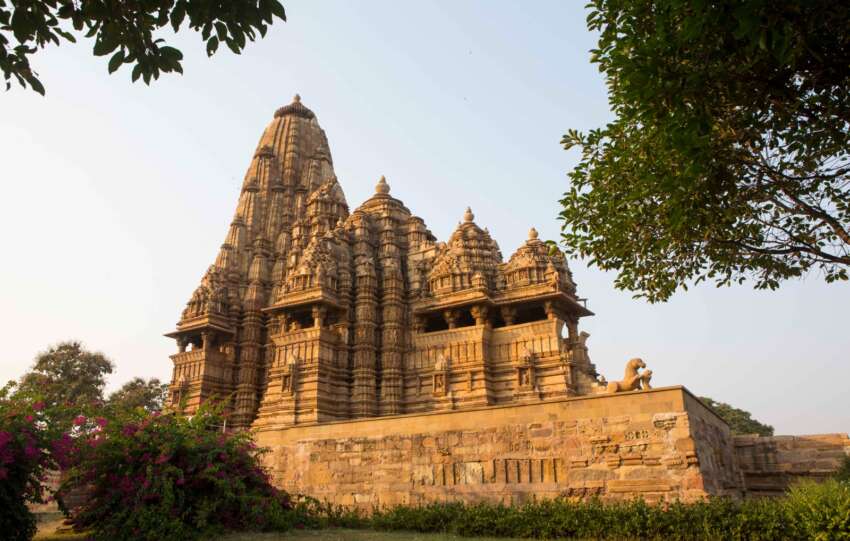Share This Article
Sanchi, at the heart of India, exemplify an ancient era with the iconic Great Stupa, erected in the 3rd century BC. A timeless marvel, it symbolizes spirituality and holds India’s profound historical legacy. This architectural gem solidifies Sanchi as a custodian of the nation’s cultural heritage.
The Great Stupa, attributed to the Mauryan emperor Ashoka, holds the honor of being one of India’s oldest stone structures. Its hemispherical dome, encircled by a graceful railing and adorned with four ornate gateways, narrates vivid tales from Buddha’s life through intricate carvings and sculptures. Recognized as a UNESCO World Heritage site, it’s a masterpiece beckoning history enthusiasts and architectural connoisseurs.
But Sanchi doesn’t confine its allure to a solitary marvel. Stupas, temples, and monasteries pepper the landscape, each a chapter in India’s architectural saga.
The Ashoka Pillar, adjacent to the Great Stupa, embodies exquisite symmetry and houses the iconic four-lion sculpture, the National Emblem of India. Its aesthetic proportions draw admirers from around the globe.
Beyond these historical edifices, Sanchi unfurls its natural canvas, inviting wanderers to explore serene landscapes on idyllic nature walks. The nearby Udayagiri caves, showcasing ancient rock-cut architecture, offer a glimpse into India’s artistic evolution. A mere drive away sits the Bhojpur Temple, a sanctuary steeped in spirituality.
The tapestry of experiences extends beyond stone and nature. Buddha Jambudweep Park, a themed oasis, celebrates the teachings of Buddha and Ashoka through recreations, mazes, and enlightening pavilions. The Buddhist Vihara, housing revered relics, emanates an aura of spirituality and reverence.
Hunt through deeper into history, the Archaeological Museum at Sanchi preserves antiquities, including the lion capital and artifacts unearthed from excavations, offering a tangible link to the past. The Sound and Light Show, a mesmerizing narrative against the Stupas‘ backdrop, breathes life into ancient tales.
Sanchi’s allure transcends its borders, extending an invitation to neighboring treasures. Vidisha, with its ancient temples and monuments, and Gyaraspur, a medieval town steeped in history, beckon curious explorers.
Udaigiri’s caves, Raisen’s imposing fort, and Sonari’s Buddhist stupas preserve narratives etched in stone, each a testament to India’s diverse historical legacy. Nearby Bhopal, a city pulsating with culture, and Bhimbetka, an archaeological marvel housing prehistoric cave paintings, add layers to this rich tapestry.
Pachmarhi, a scenic hill station, offers respite amidst lush forests and cascading waterfalls, perfect for nature enthusiasts seeking tranquility.
Accessing this treasure trove is relatively straightforward. Bhopal’s airport links Sanchi to major Indian cities, while rail and road networks provide reachable access points.
The best time to jump on on this historical odyssey spans from July/October to March, when the weather is pleasant and conducive to exploration. If fate aligns, November presents the vibrant Chethiyagiri Vihara festival, an immersion into Buddha’s disciples’ relics.
Sanchi, with its combination of history, architecture, and natural beauty, paints an irresistible canvas for travelers seeking an immersive journey through time and spirituality. It beckons, promising an experience steeped in wonder and enlightenment, a testament to India’s timeless heritage.



